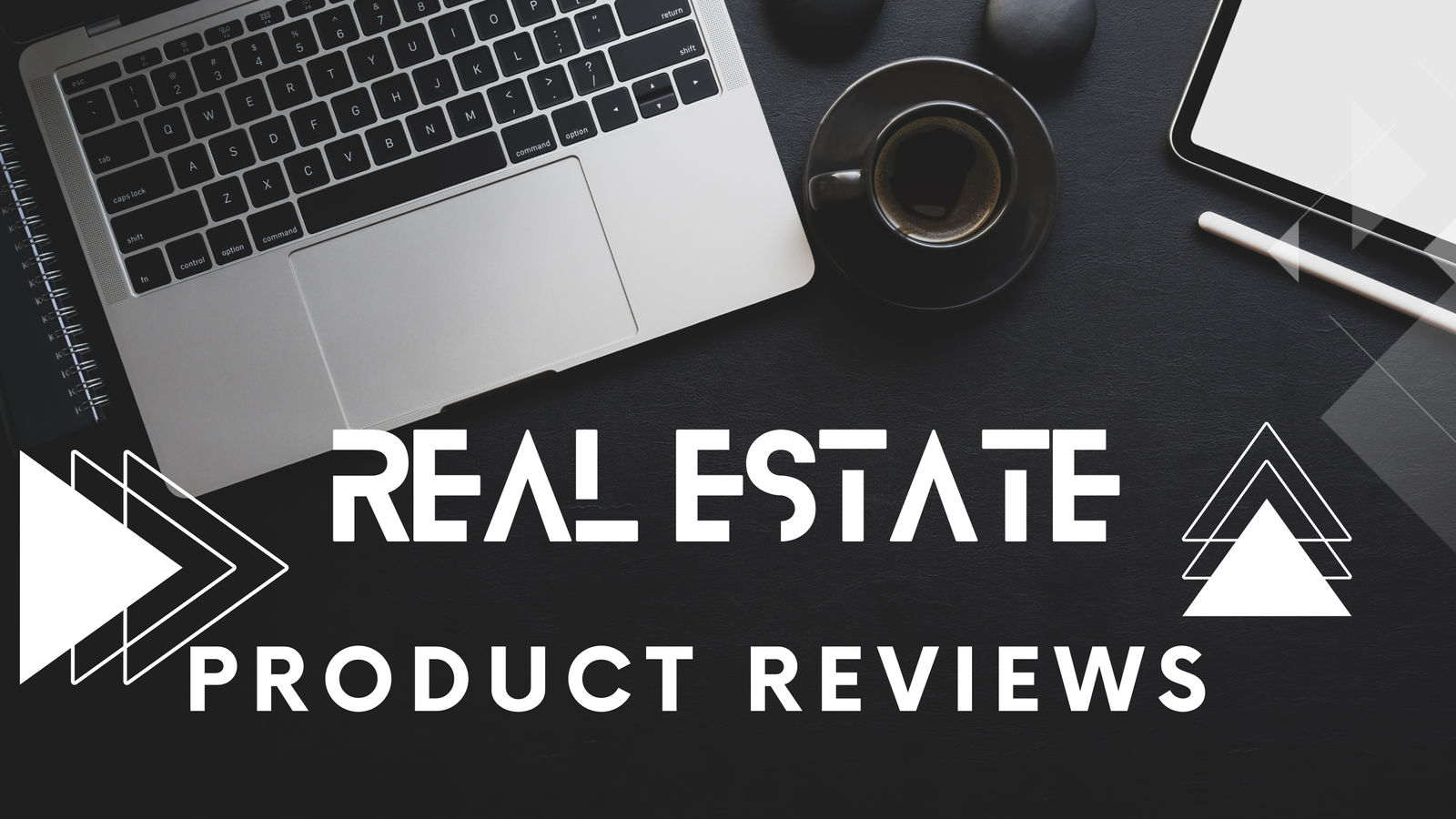To effectively track and measure key metrics in your real estate business, focus on agent performance, market trends, financial health, and operational efficiency. Monitor metrics like calls made and listings per agent to evaluate productivity. Keep a close eye on market insights, such as home prices and mortgage rates, to make informed decisions. Financial metrics like ROI and cash flow are essential for analyzing profitability. Enhance property management by tracking maintenance costs and response times. Utilize a balanced mix of traditional and digital marketing approaches to boost lead generation. There’s more to explore in enhancing your business’s success.
Key Takeaways
- Monitor calls made, listings per agent, and closed listings to assess agent productivity and success rate.
- Track average sale price and client feedback to evaluate negotiation skills and customer satisfaction.
- Analyze Net Operating Income (NOI) and Operating Expense Ratio (OER) for financial efficiency insights.
- Measure maintenance costs, response times, and leasing efficiency for operational effectiveness.
- Utilize analytics and client feedback to refine marketing strategies and improve lead generation.
Agent Performance Tracking

Agent performance tracking is imperative in the real estate industry because it directly impacts sales success and business growth. By monitoring key metrics like the number of calls made, you can gauge how actively your agents are pursuing leads. This metric helps guarantee that your team is consistently reaching out, which is essential for maintaining a steady flow of potential clients.
Another significant metric is listings per agent, which measures each agent’s productivity and capability to secure new listings. Evaluating listings closed gives insight into your agents’ ability to convert listings into successful deals, directly tying into their effectiveness and sales skills. Real estate KPIs are vital as they provide quantifiable measures that can assess various aspects of business performance, including agent productivity. By keeping track of these metrics, you can also identify areas needing improvement and provide actionable feedback for coaching agents.
The average sale price of properties sold by each agent also reflects their capability to negotiate and close high-value sales, which is critical for maximizing revenue. Additionally, tracking the time to close helps you assess how efficiently your agents can finalize deals, impacting overall business operations.
Lastly, it’s important to reflect on client feedback ratings to guarantee high levels of customer satisfaction, which can improve your agency’s reputation and lead to repeat business. By systematically tracking these performance metrics, you can drive improvement and growth within your real estate business.
Market and Sales Insights
Diving into market and sales insights, it’s essential to keep an eye on key trends shaping the real estate landscape. Home prices are on the rise, expected to grow 6.1% year over year by the end of 2024, but slow to 3% in 2025. Mortgage rates have dipped below 6% for the first time since early 2023, with further decreases anticipated in 2025. Despite a limited housing supply pushing prices up, a slight inventory increase is expected, driven by multifamily home construction. The “silver tsunami,” where more baby boomers transition to care facilities, is a significant factor that could boost the housing supply as seniors move out of their homes. Certain markets face risks of price declines, particularly in areas like Gainesville, FL, and Atlanta-Sandy Springs-Roswell, GA. Existing-home sales have dipped by 3.5% from last year, with the median sale price at $404,500 in September 2024. The nation’s housing inventory stands at a 4.3-month supply, indicating a seller’s market. Listings have surged by 11.6%, reaching a three-year high, while unsold homes have increased by 22.9%. High mortgage interest rates significantly impact buyer activity, but anticipated Federal Reserve rate cuts may boost consumer sentiment. Buyer sentiment may improve due to falling mortgage rates, with market activity expected to rise year-over-year. Understanding these dynamics helps you navigate the market effectively, ensuring you’re informed and prepared for upcoming changes.
Evaluating Financial Metrics

As you navigate the intricate landscape of market and sales insights, evaluating financial metrics becomes vital in understanding a property’s true value and profitability. Start by examining Net Operating Income (NOI), which is total revenue minus operating expenses, excluding capital expenditures, taxes, and mortgage payments. This metric indicates a property’s ability to generate revenue and profit, helping you determine if it can cover mortgage payments. However, remember that it mightn’t account for inaccurate projected rents or inconsistent income due to poor management. It’s also important to consider the Operating Expense Ratio (OER), which compares operating expenses to operating income and indicates efficiency; a high OER may point to inefficiencies in property management. Next, analyze Return on Investment (ROI) by dividing annual rental income by the initial investment. A higher ROI signals a more profitable investment, essential for long-term financial growth. Use this metric to compare different investment opportunities and make informed decisions. Evaluate cash flow by subtracting total expenses from total revenue. A positive cash flow indicates profitability, fundamental for financial sustainability. Enhance cash flow by increasing rent, reducing expenses, or refinancing, and manage risks by maintaining a reserve fund. According to Freddie Mac guidelines, the maximum debt-to-income ratio for investment properties is 45%, providing a benchmark for evaluating how debt impacts your investment potential.
Property Management Efficiency
Property Management Efficiency
How can you confirm your property operates at peak efficiency? Start by focusing on key performance indicators (KPIs) that highlight operational strengths and weaknesses. Regularly tracking these metrics guarantees your property management processes remain streamlined and effective. KPIs offer measurable progress toward strategic goals, allowing you to make informed decisions and allocate resources efficiently. Consider monitoring the following:
- Maintenance Costs: By keeping a close eye on expenses related to property upkeep and repairs, you can quickly identify areas where spending can be optimized. Additionally, ongoing improvements aim to enhance site performance through effective resource management.
- Response Time for Service Requests: Confirming prompt resolution of maintenance issues not only improves tenant satisfaction but also prevents small problems from becoming costly repairs.
- Average Time to Lease: This metric helps you evaluate the efficiency of your leasing processes. A shorter leasing time means less downtime and increased revenue.
- Number of Overdue Tasks: Identifying operational bottlenecks through overdue tasks can highlight areas needing attention and improvement. Tracking occupancy and vacancy rates is also crucial for understanding property performance and market trends.
Labor efficiency ratios also play a significant role in evaluating staff productivity.
Optimizing Marketing Strategies

Transform your real estate marketing strategies by embracing both traditional and digital approaches. Start by hosting open houses and organizing community events to invite potential buyers and build brand awareness. Engage deeper by offering experiential tours that let clients explore neighborhoods and amenities firsthand. Educational workshops can demystify the home buying and selling process, positioning you as a trusted expert. Partner with local businesses for joint events, enhancing your reach through cross-promotion. In 2023, 89% of buyers used an agent or broker, emphasizing the importance of building strong client relationships and establishing trust in your services.
In the digital domain, create engaging content by using high-quality photos, compelling descriptions, and virtual tours for your listings. Social media platforms like Instagram, Facebook, and LinkedIn provide opportunities for targeted ads and meaningful engagement. The 4 Ps of Marketing—Product, Price, Place, and Promotion—are crucial to tailor your approach for maximum impact. Consistently send email newsletters to keep clients updated and interested. Virtual tours, using tools such as Matterport, offer immersive experiences, while well-researched blog content boosts SEO and authority. Visual storytelling is critical; professional and drone photography can highlight properties and neighborhoods beautifully. Video content, including walkthroughs and testimonials, adds a dynamic layer. Infographics and emotional storytelling about the homes and clients can forge lasting connections. Regularly measure your marketing efforts through analytics and client feedback to refine strategies effectively.
Enhancing Lead Generation
Boost your real estate business by enhancing lead generation through a strategic blend of digital and offline techniques. By leveraging online platforms such as Zillow, Realtor.com, and social media, you can expand your reach and effectively capture potential leads. Implementing features like click-to-call buttons on your website can greatly improve conversion rates.
Additionally, AI-powered social media ads and targeted email drip campaigns allow for precise targeting based on user behavior and preferences, ensuring your marketing efforts reach the right audience. Utilizing tools like Market Leader(https://www.marketleader.com) can streamline your lead management efforts and improve engagement.
Website optimization is essential for capturing leads efficiently. Consider integrating chatbots to initiate conversational lead capture, which can enhance user experience and engagement. By employing AI-based behavioral analytics, you gain insights into visitor interactions, allowing you to personalize their journey.
Also, using AI to automate lead scoring and follow-ups can streamline your process, freeing up valuable time.
To maximize your lead generation, integrate offline and online strategies:
- Host community events to connect with local residents.
- Distribute personalized letters through door knocking.
- Create a referral program with satisfied clients.
- Sponsor local charities to align your brand with community causes.
These methods reinforce your commitment to the community while generating valuable leads.
Boosting Operational Efficiency

When it comes to boosting operational efficiency in real estate, focusing on key metrics is fundamental for optimizing property management.
Start with facilities management metrics by tracking the frequency of emergency repairs and repair backlogs. This helps you identify areas needing immediate attention, guaranteeing smoother operations.
Customer feedback is essential too; it provides insights into tenant satisfaction and highlights areas for improvement. Enhancing invoicing efficiency and reducing maintenance request resolution time can greatly streamline your processes.
In lease administration, monitor visibility into important lease events and manage the ratio of active versus inactive leases.
Keeping tabs on lease compliance and renewal management guarantees you’re always on top of lease details documentation, which is critical for avoiding legal and financial pitfalls.
Space utilization metrics, such as occupancy density and space utilization ratios, offer a clear picture of how effectively you’re managing your properties.
Compare these metrics to market benchmarks and track changes in occupancy over time to forecast future space needs accurately. Additionally, utilizing automation tools can further enhance your efficiency and streamline repetitive tasks.
- Prepare for Loan Maturities and Refinancing Waves as a Real Estate AgentIn mastering loan maturities and refinancing waves, uncover strategies every real estate agent needs to empower clients during pivotal financial transitions.
Measuring Profitability Metrics
Optimizing operational efficiency in real estate sets the stage for effectively measuring profitability metrics, which are essential for evaluating investment success. Understanding these metrics allows you to gauge the financial health of your investments and make informed decisions.
Begin with the Cap Rate, a formula dividing Net Operating Income by Property Value. It indicates the annual, debt-free return from a property. Keep in mind that:
- A higher cap rate means higher potential returns but also increased risk.
- A lower cap rate suggests safer investments with lower returns.
- Location and market conditions also impact cap rates.
Next, analyze the Net Operating Income (NOI). This is calculated by subtracting Operating Expenses from Gross Operating Income. A strong NOI reflects a well-managed property with good cash flow potential.
It’s vital for evaluating a property’s financial capacity and predicting cash flow.
Understanding Cash Flow is equally important. It shows the profit after all expenses, including mortgages, are deducted from rental income. Positive cash flow indicates profit, while negative suggests reevaluation of expenses.
Lastly, the Cash-on-Cash Return measures the return on your invested cash, especially useful if leveraging a mortgage. It helps compare different investments, considering cash flow patterns and hold periods.
Frequently Asked Questions
Recent Posts

How AI Is Changing the Real Estate Industry

The Role of Social Media in Real Estate: How to Leverage Instagram, Facebook, and LinkedIn
How Can Technology Improve Real Estate Metric Tracking?
You can leverage technology to enhance real estate metric tracking by utilizing software that automates data entry and reporting, ensuring accuracy and reducing manual errors.
Access real-time data for quick decision-making, and use comparative analysis tools to identify trends and areas for improvement.
Integrated systems offer scalability and mobile accessibility, while customizable dashboards provide tailored views, focusing on key metrics.
This approach enhances efficiency, strategic planning, and overall business growth.
What Are Common Challenges in Interpreting Real Estate Metrics?
You’re likely facing challenges interpreting real estate metrics due to data quality issues, like outdated or inconsistent information, which complicate decision-making.
Multiple data sources and lack of standardization further muddy the waters.
Skill gaps in data analysis and technology adoption slow down your ability to draw meaningful insights.
Additionally, security and compliance concerns add layers of complexity, making it tough to confidently interpret metrics and apply them effectively to your business strategies.
How Do External Factors Affect Real Estate Metrics?
External factors like economic conditions, market trends, regulatory changes, and demographic shifts greatly impact real estate metrics.
Interest rate fluctuations affect property demand and pricing, altering sales metrics.
Regulatory factors such as zoning laws and tax changes influence property values and investment returns.
Additionally, demographic shifts, like population growth and lifestyle changes, alter housing demand patterns.
What Role Does Customer Relationship Management Play in Metric Tracking?
You should leverage CRM systems to effectively track and measure key metrics in your real estate business.
CRM enhances data management, organizing customer information for streamlined tracking of interactions and performance. It boosts lead conversion by identifying productive channels and activities.
Through CRM, you can tailor marketing efforts, manage appointments efficiently, and gather valuable customer feedback.
How Can Data Visualization Tools Benefit Real Estate Metric Analysis?
Data visualization tools transform complex real estate metrics into clear, actionable insights.
You’ll find these tools enhance decision-making by making data more accessible, helping you identify trends and patterns like market conditions and sales performance.
They streamline KPI tracking, integrate diverse data sources, and reduce analysis time, boosting your productivity.
With real-time updates, you can swiftly adapt strategies, and customizable dashboards let you monitor key metrics efficiently, driving informed, strategic decisions.
Bottom Line
By strategically tracking and measuring key metrics in your real estate business, you can enhance agent performance and gain valuable market insights. Focus on evaluating financial metrics and improving property management efficiency to optimize operations. Strengthen your marketing strategies and lead generation efforts to boost profitability. By consistently analyzing these metrics, you’re not just building a successful business; you’re fostering a thriving community and ensuring long-term growth. Stay committed to these practices for continued success and resilience.







